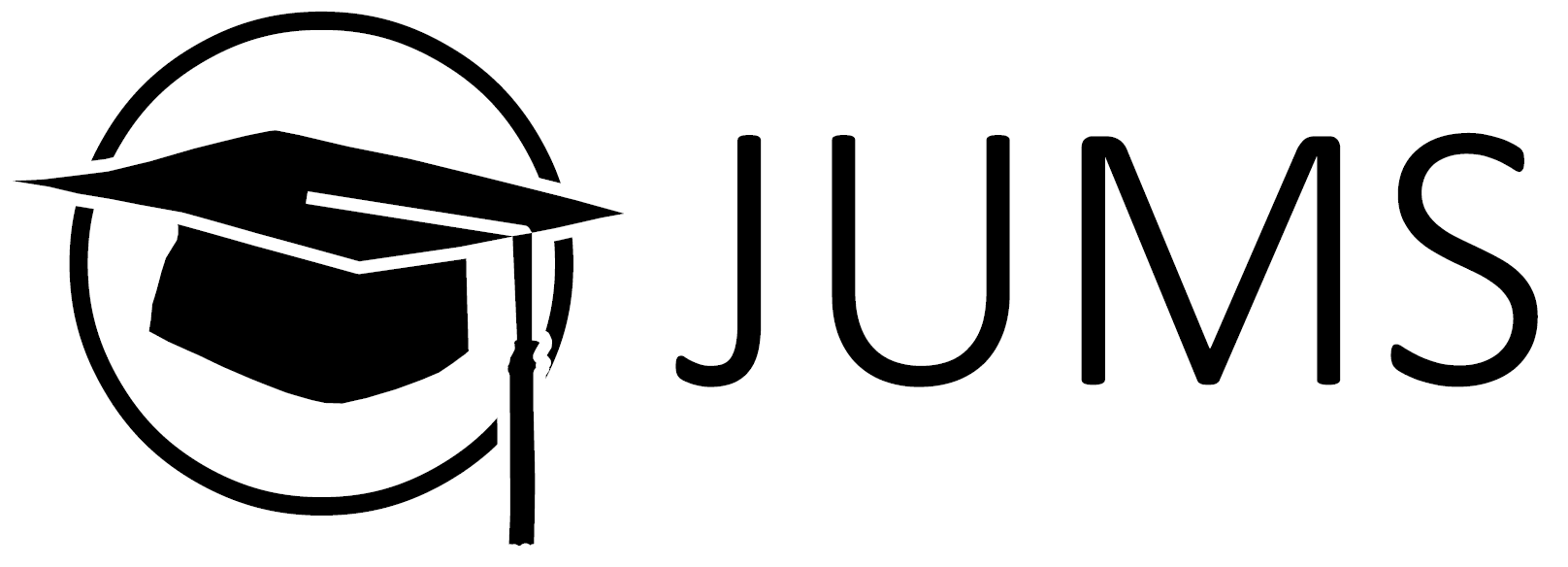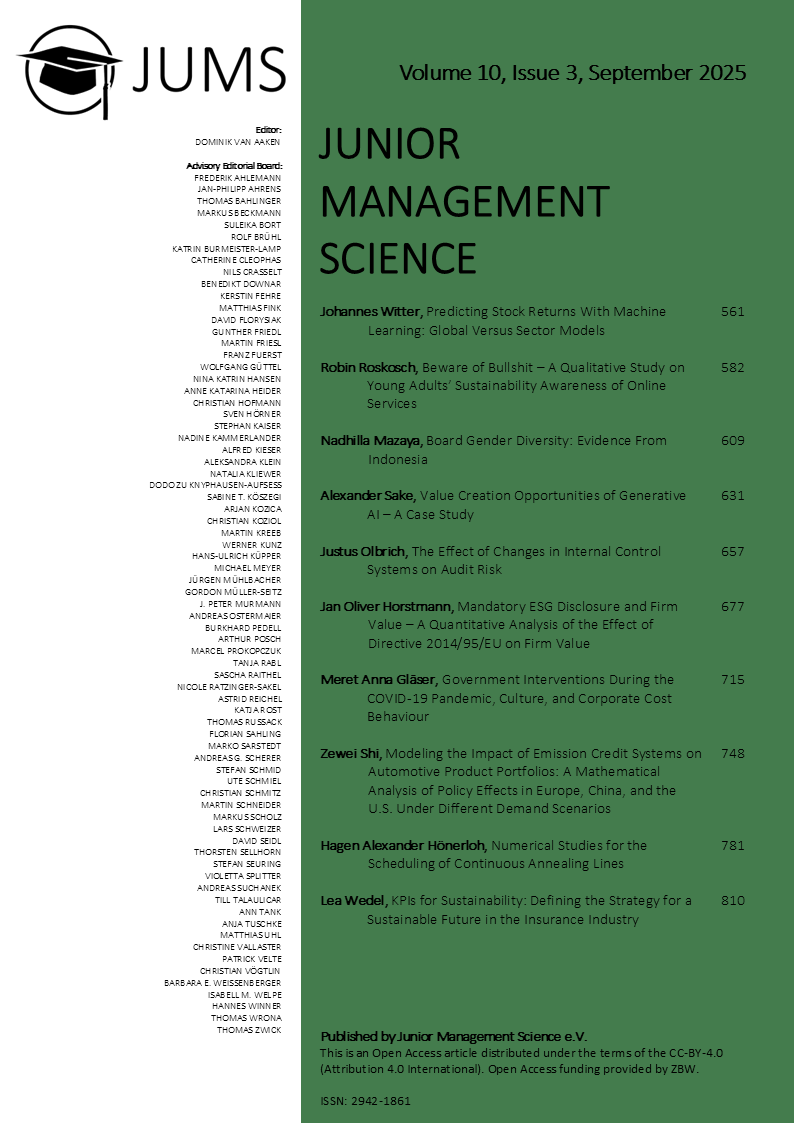Abstract
The continuous annealing of flat steel improves its properties for applications such as automotive manufacturing. Scheduling these processes on Parallel Heterogeneous Annealing Lines (PHALs) is complex due to diverse coil properties, incompatible process modes, and due date constraints. Introducing stringers to address incompatibilities between steel sheets raises costs, energy use, and CO2 emissions, highlighting the need for optimized scheduling. This thesis implements a mathematical model in Python using the Gurobi solver to optimize PHAL scheduling by minimizing stringer usage while meeting tardiness constraints. The model is extended to include coil-specific release dates and expanded to address trade-offs between stringer use, tardiness, and due date deviations, including earliness. A computational study evaluates the model under various scenarios, examining the effects of coil heterogeneity, urgency, process flexibility, and stringer processing times. Results show that optimized schedules reduce stringer use and delays, particularly under high process flexibility. These findings demonstrate the potential of optimization to improve efficiency and sustainability in steel production while guiding future research in dynamic scheduling approaches.
Keywords: continuous annealing lines; Gurobi solver; scheduling optimization; steel industry; stringer minimization

This work is licensed under a Creative Commons Attribution 4.0 International License.
Copyright (c) 2025 Hagen Alexander Hönerloh

